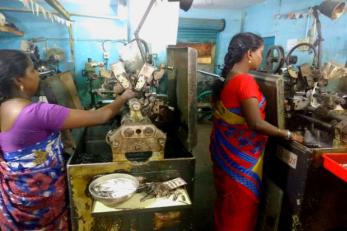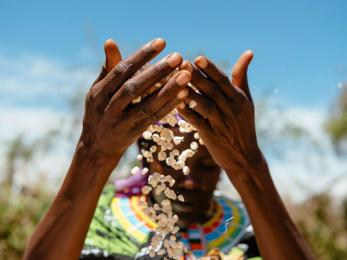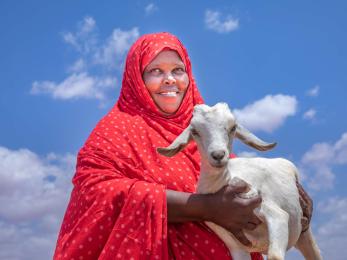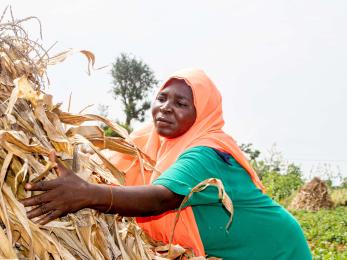Transforming Chennai: Building Resilience to Environmental Change

Rapid urbanization across Asia is altering the natural environment and combined with climate change, is leaving areas dense with people, infrastructure, and assets exposed to flood risks. Micro, Small and Medium Enterprises (MSMEs) – essential to balanced, employment generating urban growth - are particularly vulnerable. When Chennai India experienced its worst flood in a century on December 1st 2015 - displacing 1.8 million people, claiming 300 lives and causing more than $7 billion in economic and property damage - 10,000 individual MSMEs experienced a total of $250 million of damage over two weeks. In Chennai, MSMEs employ over 360,000 people and contribute $3.13 billion to the National Gross Domestic Product (GDP). After the floods, many were forced to shut down.
In March 2016, Mercy Corps partnered with Okapi Research & Advisory to develop a deeper understanding of the factors that affected firms’ flood exposure, extent of immediate losses, and recovery times. Taking into account the larger economic, political, and institutional systems, this study focused on assessing capacities required for flood prevention, flood loss prevention, and reducing recovery time and costs to help build small businesses’ resilience to floods. The ultimate goal of the research was to identify entry points and strategies through which policymakers, industry associations, and businesses themselves can help build MSME resilience to natural shocks in a global context of increasing urbanization.
Key Findings and Recommendations
MSMEs can be the backbone of robust, employment-generating, urban growth, but are increasingly exposed to water-related shocks like floods: Rapid urban development often conflicts with environmental hydrology and climate, posing particular risks to the growth and resilience of MSMEs. Agencies tasked with developing planned economic development zones, must account for environmental vulnerability when making locational choices; coordinated infrastructure planning and development – particularly focused on drainage - is essential to mitigating hydrological risks.
Damage and recovery, particularly for MSMEs, depends as much on business environment as it does on the intensity of the disaster: While the business environment is primarily thought of in terms of ease of doing business, it also significantly shapes to what extent the impacts of climatic shocks such as floods are amplified or reduced, and therefore impacts business and long-term economic stability. The study recommends exploring strategies that improve the business environment for MSMEs, with particular focus on embedding resilience thinking into business continuity planning particularly focusing on how financial institutions can support businesses.
Financial products are often slow, inaccessible or ill-designed for MSMEs, undermining small business growth and stability: Financing for MSMEs is either inaccessible or insufficient to support them to grow, which prevents small businesses from having recovery capital following a shock. Insurance products are often irrelevant to covering the most critical needs; a general lack of trust persists between MSMEs and financial service providers. Development actors can do more to support the formal financial sector better understand MSME clients’ needs, and test innovative, profitable finance and insurance products that not only support small firm growth, but contribute to rapid business recovery and continuity in the face of climate and ecological risks.
Building business resilience for MSMEs requires a convening of the many actors and institutions that determine the courses and outcomes of the natural, infrastructure and business environments. The study also offers recommendations to build resilience through a multi-stakeholder framework in which city governments and development actors bring firms, industrial associations, financial bodies, insurance providers and public sector institutions together to look at risks and opportunities in urban development holistically.


